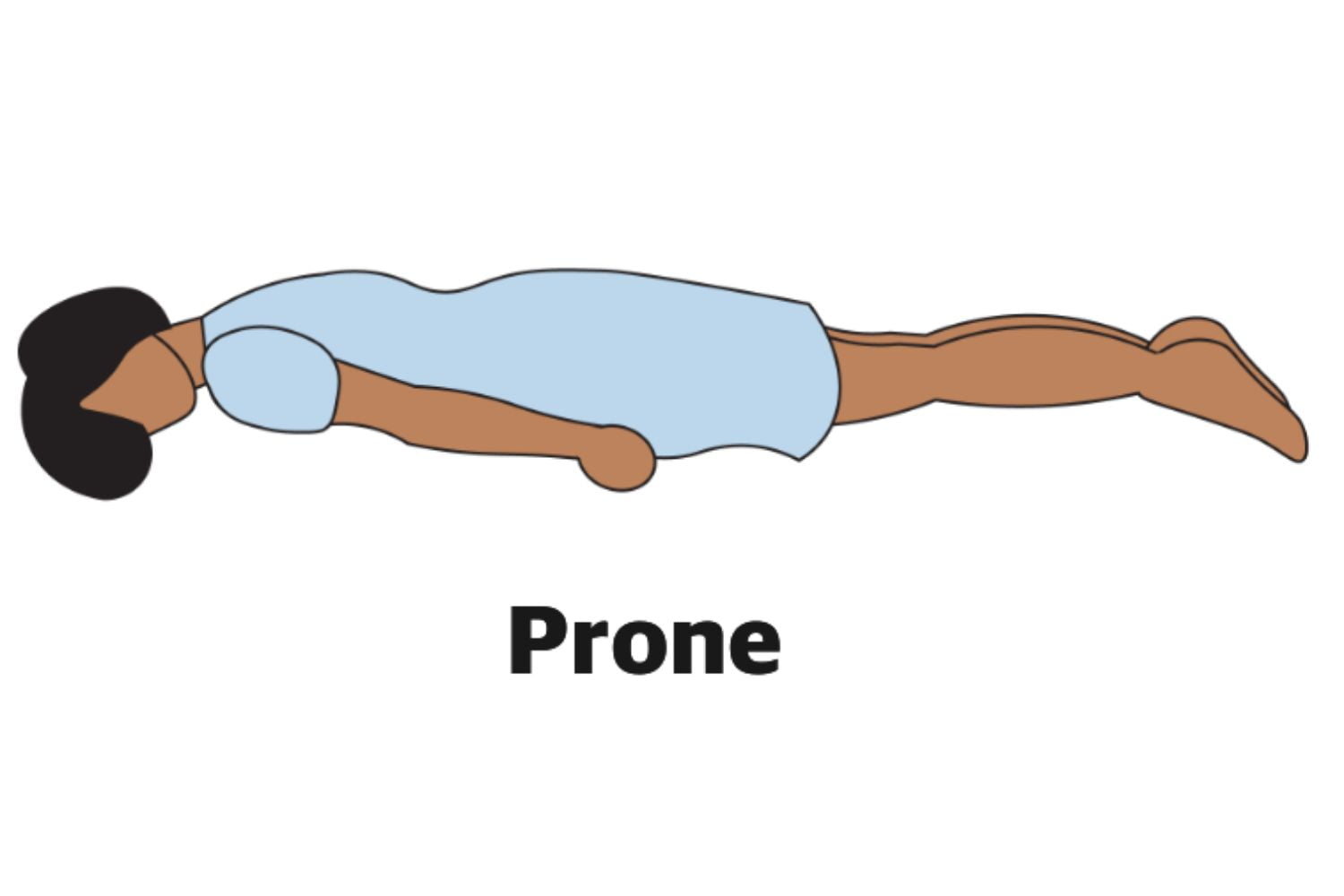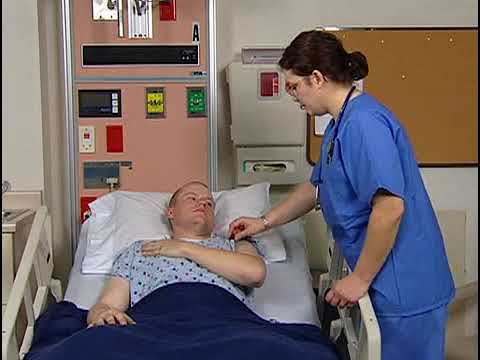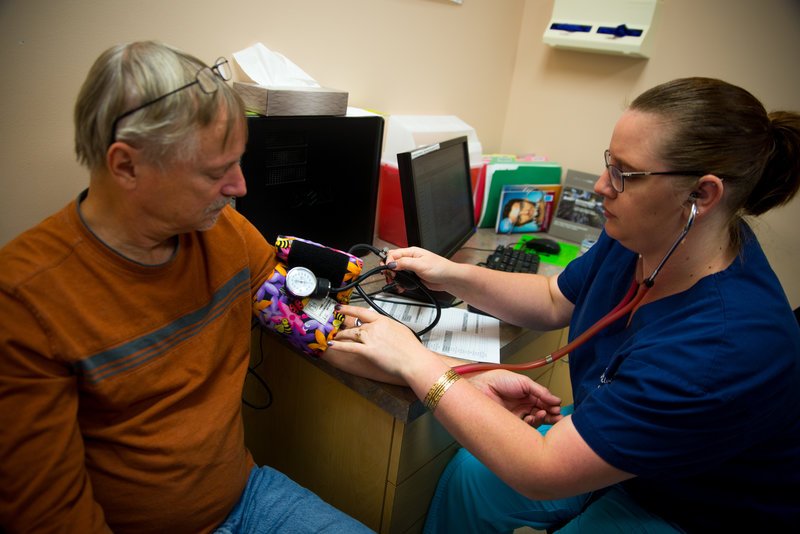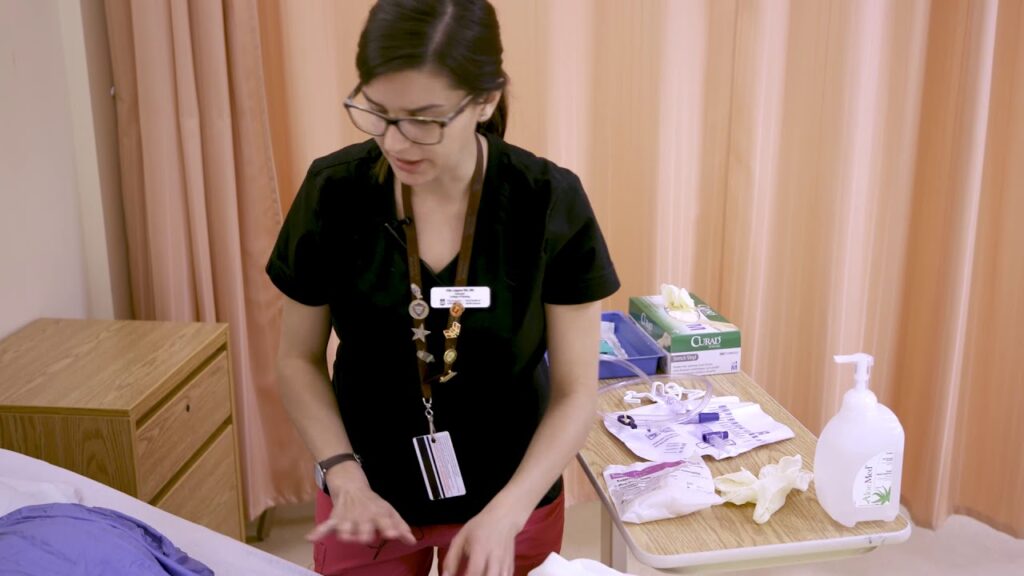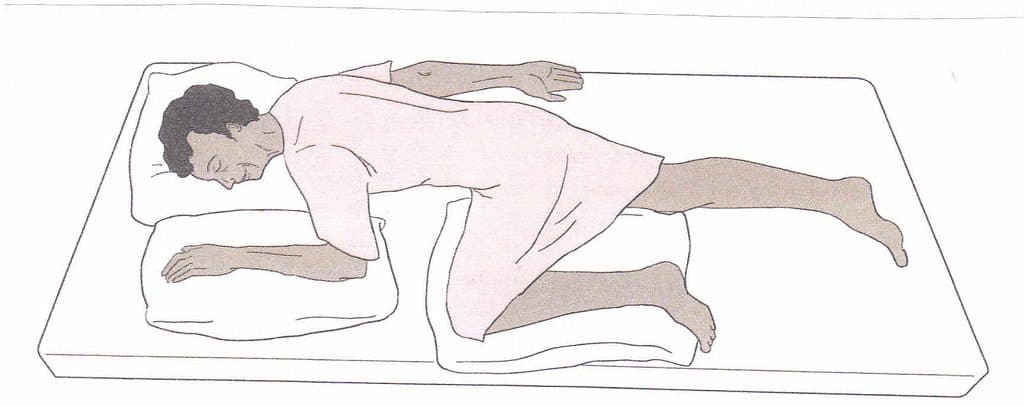Written by Hollie Finders, RN
Hollie Finders is a registered nurse with years of experience working in the health care field. She has degrees in both biochemistry and nursing. After working with patients of all ages, Hollie now specializes in pediatric intensive care nursing. Hollie’s LinkedIn
Procedure
Equipment needed: pillow.
- Perform hand hygiene.
- Explain the procedure to the patient and ask for his or her assistance in following directions.
- Lock the bed wheels and raise the bed to a comfortable working height.
- Lower the side rail on the working side. Ensure the opposite side rail is raised.
- Lower the head of the bed until the bed is completely flat.
- If the patient is in the supine position, move the patient to the side of bed and turn the patient onto his or her side.
- Once the patient is side lying, decide if there is enough room to complete the roll onto the patient’s stomach.
- If there is not enough room, move the patient to the side of the bed while he or she remains in a side lying position.
- When there is adequate room, complete the roll by assisting the patient onto his or her stomach.
- Ensure the patient’s head is turned onto its side. Place a pillow under the head for comfort. Pillows or rolled towels can also optionally be placed under the abdomen and the shins to help maintain proper body alignment.
- Position the hands at the patient’s sides or flex the arms and allow the hands to rest next to the patient’s face.
- Ensure the patient is comfortable, return the side rails to their original position, lower the bed, and make sure the call light is within the patient’s reach.
- Perform hand hygiene.
- Document the procedure in the patient’s chart and report any changes in the patient’s condition to the nurse.
Important Information About the Prone Position
Prone position is not used as commonly as other patient positions. This position allows for full extension of the hips and the knees and gives many bony prominences a break from continuous pressure. However, placing patients in prone position does not come without the risks of pressure ulcers. In the prone position, there is excess pressure placed on areas of the forehead, chin, clavicles, chest, pelvis, knees, and feet [1]. For this reason, it is important to continue to reposition patients at least every two hours.
In the prone position, many patients can experience adverse effects if the body is not properly aligned and supported. Patients who suffer from hyperextension of the back in the prone position can benefit from a pillow or towel roll placed under the abdomen. This helps reduce extreme curvature of the back, and ultimately, reduces pain. A pillow placed under the patient’s shins will help support the legs and ankles and prevent foot drop. Depending on the patient’s condition, prone position may not be recommended. Always consult with the nurse before turning the patient prone.
References

